Kazi Nazrul Islam
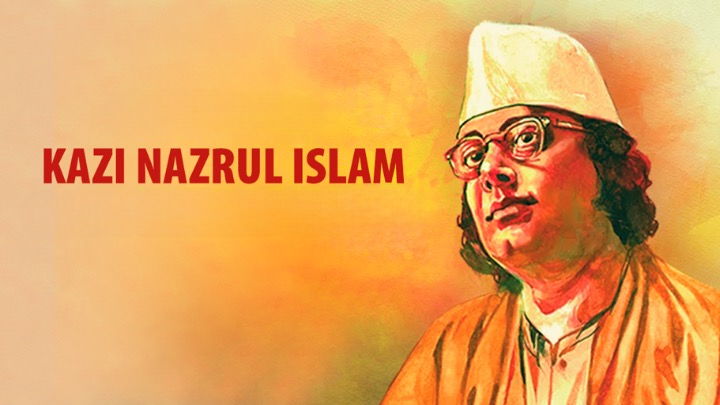
- 25 May 2024
Why is it in the News?
One hundred and twenty-five years ago on May 25, 2024, a ‘rebel poet’ was born in undivided Bengal who would go on to create about 4,000 songs and several stories to remind his warring and impoverished country folks of the power of humanity to tide over hunger, poverty and disintegration of society.
Who was Kazi Nazrul Islam?
- Kazi Nazrul Islam (1899-1976) was a Bengali poet, writer, and musician whose oeuvre, Nazrulgeeti (Songs of Nazrul), constitutes a musical genre that is perhaps second in popularity to only Rabindrasangeet, the compositions of Rabindranath Tagore.
- He enjoys iconic status in West Bengal, Bangladesh, and the Bengali diaspora around the world, and is revered as the National poet of Bangladesh.
- Nazrul is known as the Bidrohi Kobi (Rebel Poet) because most of the more than 4,000 songs that he wrote and composed are songs of protest and revolution, which inspired the freedom fighters of Bengal in their struggle against colonialism and imperialism.
- In 1923, the British arrested Nazrul because of the strongly anti-British content of a magazine that he founded and edited.
- His first poem was published when he was still in Karachi, in the Bangiya Mussalman Sahitya Patrika.
- Some of the poems he had composed and contributed in Moslem Bharat included Shatil Arab, Moharram, Korbani, Fatiha, Doazdaham, Badal Prater Sharab, and Kheya Parer Tarani, amongst others.
- The political conditions in which Nazrul Islam eventually began his career as a writer were ones conditioned by extreme tensions and conflict including the Jallianwala Bagh massacre and launch of the Non-Cooperation Movement following the special session of the Indian National Congress, and especially in the context of the “divide and rule” policy which was adopted by the British.
- Several issues that the populace of the subcontinent had to deal with included economic backwardness, racial prejudices, and social inequality.
- In such circumstances, he joined a Bengali newspaper called Naba-Yug (New Era).
- His writings were later compiled and published as a book Yugabani (Message of the Age) which was immediately banned by the British government.
- Apart from writing and working for several other newspapers of the times, including Sevak, he had also started his own political weekly in 1922, named, Dhumketu (The Comet).
- The paper explicitly voiced their opinions against the British government and played an important role in steering the rebellious attitude and voices of the populace.
- As a result, Nazrul was charged with charges of sedition and he was sentenced to 1 year of rigorous imprisonment in 1923.
- On this occasion, Rabindranath Tagore had also dedicated a newly composed dance-drama Basanti to Nazrul, which was performed in Calcutta.
- Nazrul Islam was a prolific poet and composed several poems on various themes including themes of social messages, and resistance against the colonial government.
- He had effectively used his poems as a literary conduit to voice his opinions against British colonial rule.
- The highest point of his career as a poet was when he composed the poem Bidrohi (The Rebel).
- The poem was highly appreciated and established him as a well-respected poet.
- The poem was characterized by a revolutionary spirit and rife with heroic sentiments.
- It portrayed a revolutionary who had called upon the marginalized sections of the society to rise up and face the British despots.
- The compositions of Kazi Nazrul Islam in the form of songs, poems, and other forms of literature formed a very strong and powerful weapon against British colonial rule.
- The revolutionary themes which were explicit in his writings played an important role during the freedom movement.
- He consistently raised his voice against communalism, imperialism, fundamentalism and exploitation.
- His literary legacy is remembered and acknowledged to this date.
- He had earned the respect of not only his contemporaries but also of the later generations.
- His contributions thus are not limited to the efflorescence of Bengali literature but also extended to the cause of freedom during the Indian Independence Movement.
Gliese 12b
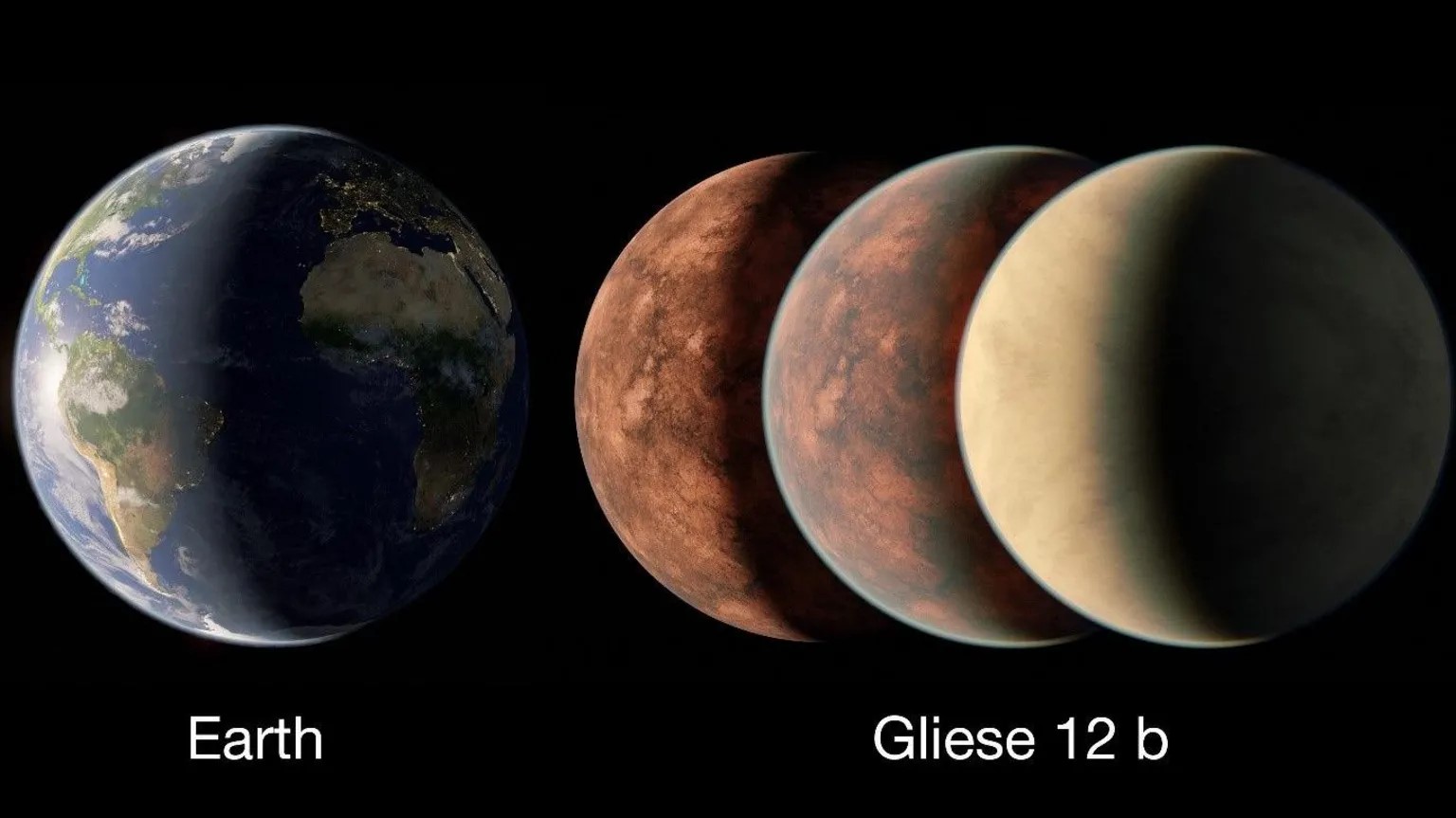
- 25 May 2024
Why is it in the News?
Recently, scientists have discovered a new planet that they say could "potentially support human life."
What is Gliese 12b?
- Gliese 12 b is a rocky planet just 40 light-years away from Earth.
- It orbits around a star called Gliese 12, a cool red dwarf in the constellation Pisces.
- This star is only 27 per cent of the size of our sun, with about 60 per cent of its surface temperature.
- But it's this lower temperature that makes Gliese 12 b theoretically habitable for humans.
- Gliese 12 b is one of the few known rocky planets where humans could theoretically survive according to scientists.
- The planet was discovered by an international team, in collaboration with NASA and the European Space Agency, using data from NASA's Transiting Exoplanet Survey Satellite (TESS) and ESA's Characterizing Exoplanet Satellite (CHEOPS).
- Gliese 12 b falls into this "Goldilocks zone," with an average temperature of 107 degrees Fahrenheit and a size somewhere between Venus and Earth.
- The researchers hope that by learning more about Gliese 12 b's atmosphere we may be able to answer questions about the evolution of our own solar system and other habitable planets.
About the Transiting Exoplanet Survey Satellite (TESS):
- TESS is a NASA mission dedicated to discovering exoplanets around nearby bright stars.
- It was launched on April 18, 2018, aboard a SpaceX Falcon 9 rocket from Cape Canaveral.
- TESS operates in a unique high Earth orbit with a period of 12 to 15 days.
- This orbit is designed to keep the telescope's view largely unobstructed by Earth and the Moon.
- The prime mission concluded on July 4, 2020, but TESS continues to operate on an extended mission.
- TESS has identified a wide range of exoplanets, from small rocky worlds to giant planets, highlighting the diversity of planetary systems in our galaxy.
- TESS uses the transit method to find exoplanets. It monitors stars for periodic dips in brightness, which occur when a planet crosses in front of the star along our line of sight.
- The size of the dip indicates the planet's diameter and the duration of the transit provides information about the planet's orbit.
- The transit method allows scientists to determine the diameter and orbital size of exoplanets.
- Orbits within certain ranges fall into the "habitable zone," where conditions may allow liquid water to exist on the surface of Earth-like worlds.
World Intellectual Property Organization (WIPO) Meeting 2024
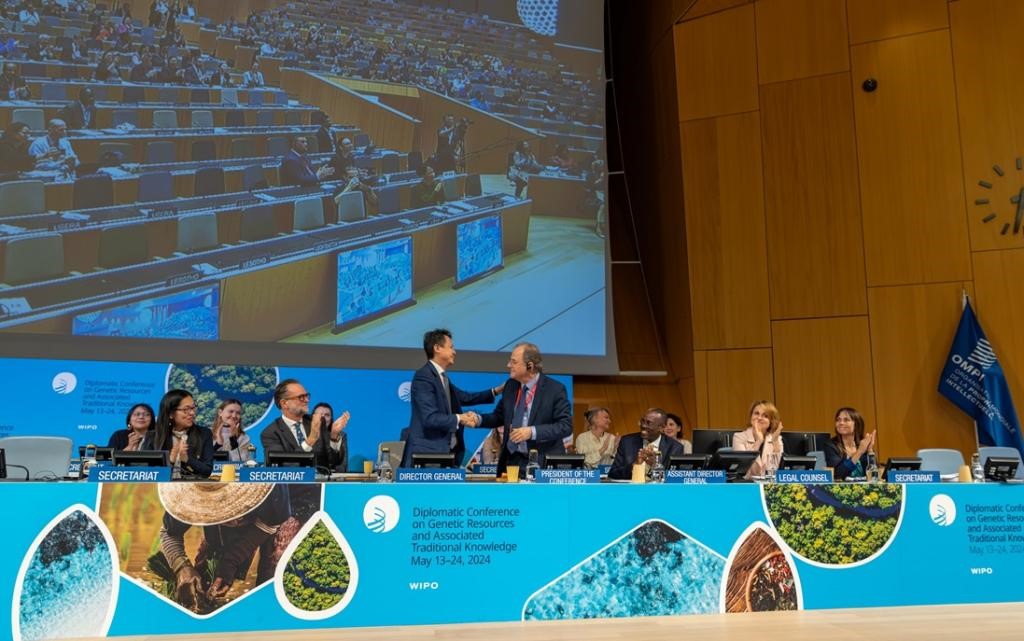
- 25 May 2024
Why is it in the News?
The Treaty on Intellectual Property, Genetic Resources and Associated Traditional Knowledge was adopted at the Diplomatic Conference held under the aegis of the World Intellectual Property Organization (WIPO) at its headquarters in Geneva recently.
What is the WIPO Meeting 2024?
- The World Intellectual Property Organization (WIPO) Meeting 2024 focuses on final-stage negotiations for a proposed treaty on intellectual property, genetic resources, and associated traditional knowledge.
- The aim is to protect the rights of communities that conserve genetic resources and hold traditional knowledge of their use.
- The main goal of the treaty is to enhance the efficacy, transparency, and quality of the patent system regarding genetic resources and traditional knowledge.
- It aims to prevent patents for non-novel or non-inventive inventions and ensure proper disclosure of genetic resources and traditional knowledge in patent applications.
Key challenges in the negotiations:
- Key challenges include reaching a consensus on mandatory disclosure requirements, addressing biopiracy, deciding on the inclusion of DSI in the treaty, and defining traditional knowledge.
- Countries like the United States, Japan, and South Korea generally oppose mandatory disclosure requirements, adding complexity to the negotiations.
What are genetic resources and traditional knowledge associated?
- Genetic resources are genetic material of actual or potential value found in plants, animals, and microorganisms.
- These resources are essential in fields like agriculture, pharmaceuticals, and biotechnology.
- Traditional knowledge associated with genetic resources refers to the knowledge, practices, and innovations of indigenous and local communities, developed and passed down through generations.
- This knowledge is often related to the use and conservation of genetic resources.
What is Biopiracy?
- Biopiracy refers to the unauthorized use and patenting of genetic resources and traditional knowledge without proper compensation or acknowledgement to the communities that developed and conserved them.
- The treaty seeks to address biopiracy by requiring the disclosure of genetic resources and traditional knowledge in patent applications and aligning with international agreements like the Nagoya Protocol.
What is Digital sequence information (DSI)?
- Digital sequence information (DSI) refers to the digital representation of genetic material.
- The treaty currently excludes DSI from its scope, which is a point of contention as it affects the management and protection of genetic resources.
- Including DSI in the treaty is under debate to ensure comprehensive protection.
Outcomes and Significance of this Meeting:
- Expected outcomes include finalizing the treaty's text, agreeing on substantive intellectual property provisions, and administrative issues.
- Once finalized, the treaty will be open for signature and aims to provide a robust framework for protecting genetic resources and traditional knowledge.
- The treaty also aims to protect the rights of indigenous and local communities by ensuring they receive fair compensation and recognition for their genetic resources and traditional knowledge.
- It also promotes the sustainable use and conservation of these resources, benefiting both global and local communities.
- The treaty has broader implications for international intellectual property law, biodiversity conservation, and the rights of indigenous and local communities.
- It aims to balance the interests of patent holders with the need to protect and sustainably use genetic resources and traditional knowledge.
India’s Role:
- India plays a significant role in the negotiations by advocating for strong disclosure requirements and a clear definition of traditional knowledge.
- India's participation helps ensure that the treaty provides sufficient policy space for countries to maintain their current stronger disclosure requirements under national laws.
Taiwan Strait/Formosa Strait
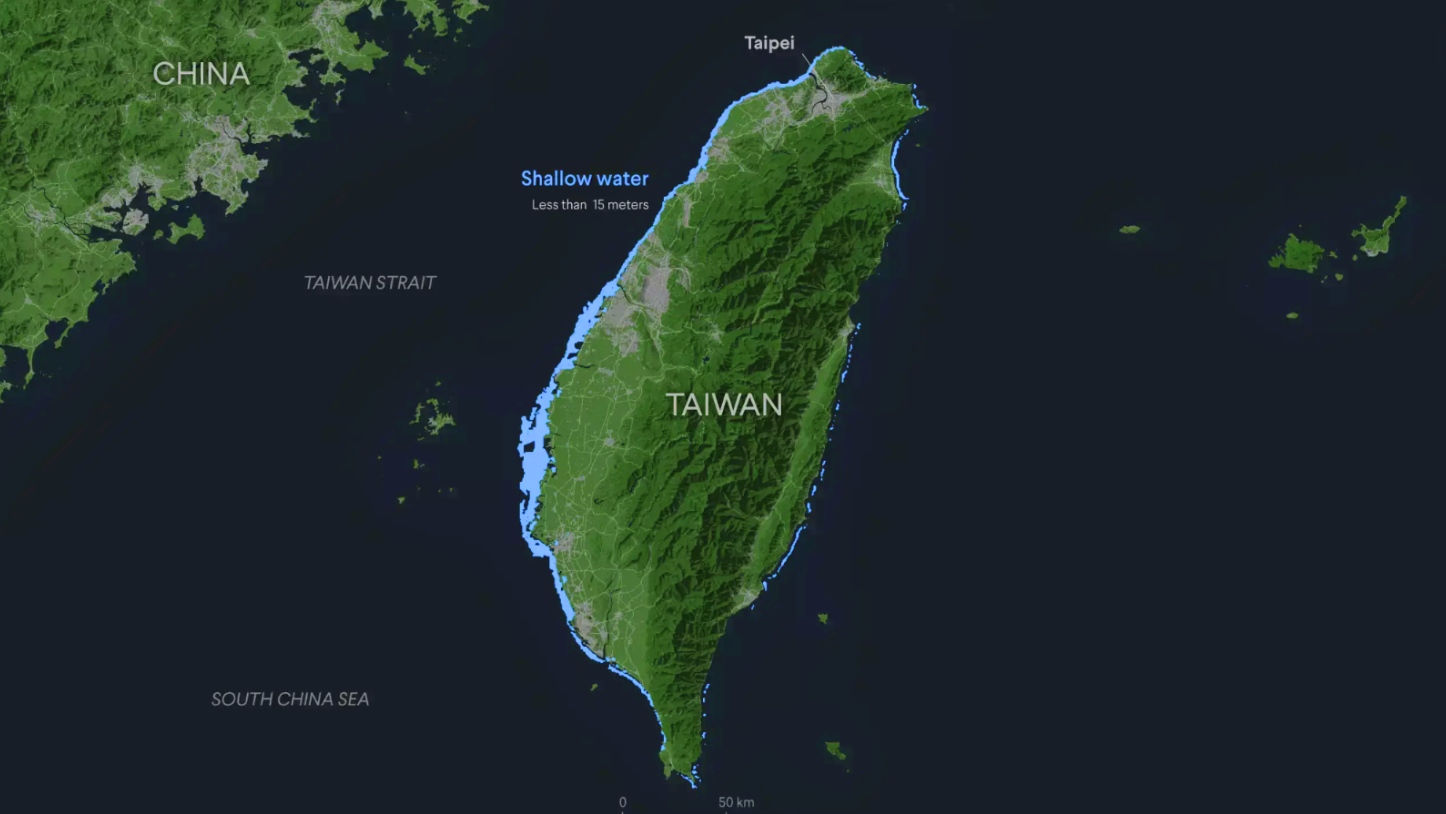
- 25 May 2024
Why is it in the News?
China ended two days of war games around Taiwan, in which it simulated attacks with bombers and practised boarding ships, and Taiwan's defence ministry detailed on Saturday the surge of Chinese warplanes and warships involved.
About the Taiwan Strait:
- Geography: The Taiwan Strait, also known as the Formosa Strait, is a 180 km-wide body of water separating mainland China from the island of Taiwan.
- It lies between the coast of Fujian Province in China and Taiwan.
- Location: The strait is part of the South China Sea and connects to the East China Sea in the north.
- The seafloor is primarily a continental shelf extending from the Asian continent, with Taiwan situated on the outer edge.
- The strait is relatively shallow, with an average depth of about 490 feet and a minimum depth of 82 feet.
- Islands: Major islands on the Taiwan side include Penghu (or Pescadores), Kinmen, and Matsu.
- On the Chinese side, Xiamen and Pingtan are significant islands.
- While Xiamen and Pingtan are administered by the People's Republic of China, Penghu, Kinmen, and Matsu are governed by the Republic of China (Taiwan).
- Shipping Corridor: The Taiwan Strait is a vital global shipping route, with nearly 50 per cent of global container shipping passing through the Taiwan Strait.
- Key ports in the region include Amoy in mainland China and Kao-hsiung in Taiwan.
- Historical Significance: The strait has been a site of military confrontations between the People's Republic of China and Taiwan since 1949, following the Chinese Civil War.
- The Kuomintang forces, led by Chiang Kai-shek, retreated across the strait and established their government in Taiwan.
- Median Line: The median line is an informal dividing line in the Taiwan Strait, established during the Cold War to reduce the risk of military clashes between China and Taiwan.
- Although not formalized by any treaty, it served as a tacit boundary until 2019, when Chinese military aircraft began crossing it.
- Beijing has since increasingly challenged the existence of the median line by frequently sending warplanes over it.
World Health Assembly 2024
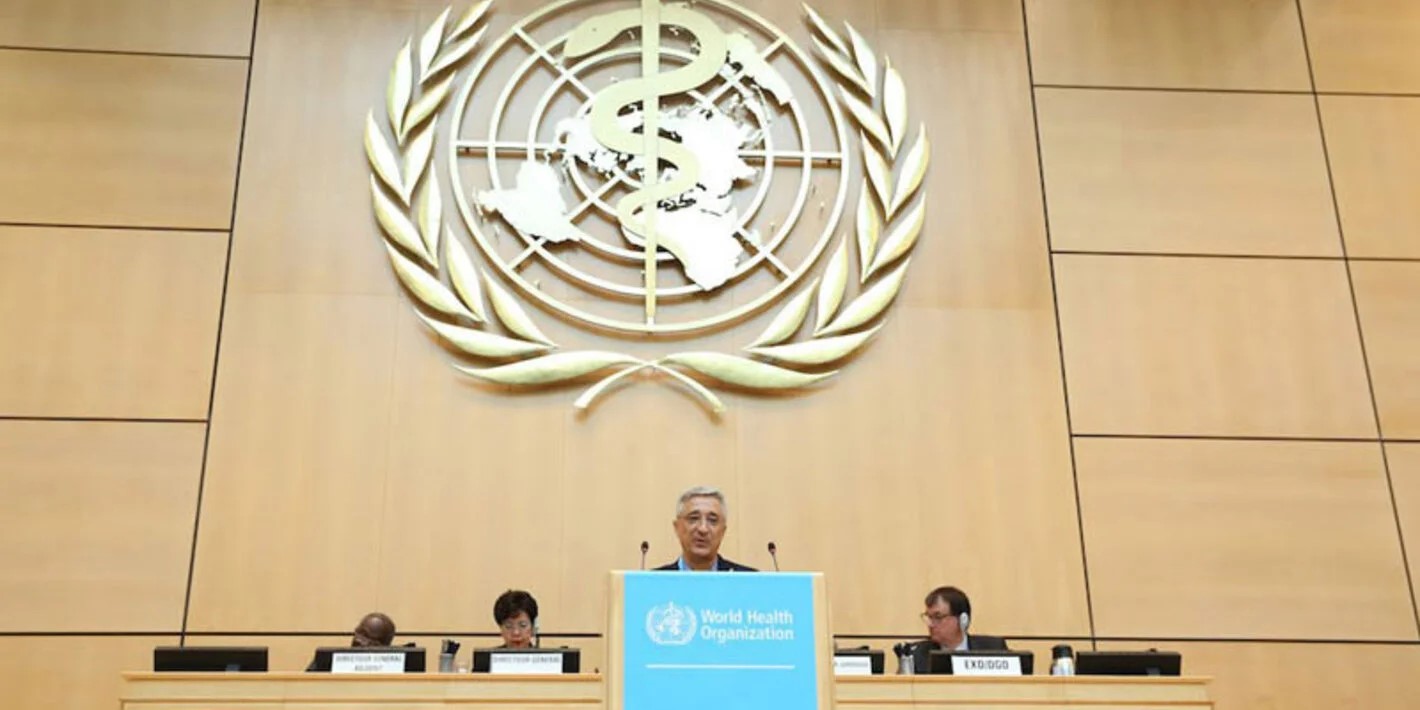
- 25 May 2024
Why is it in the News?
The World Health Assembly will convene from May 27 to June 1 to discuss amendments to the International Health Regulations, aimed at improving the ability of countries to respond to public health emergencies and prepare a potential new pandemic agreement.
What is the World Health Assembly?
- The World Health Assembly is the decision-making body of the World Health Organization (WHO), the United Nations (UN) agency dedicated to promoting the global population's health and access to the highest levels of healthcare provision.
- Its main functions are to determine WHO's policies, elect the Organization's Director-General, supervise financial policies, and review and approve the proposed WHO budget.
- Delegates from WHO member states come together at an annual assembly held at the UN headquarters in Geneva, Switzerland, to focus on a specific healthcare agenda created by the organization's Executive Board.
- The Executive Board comprises 34 technically qualified members, each elected for a three-year term.
- They meet every year in January to agree on the agenda and any resolutions that will be put before the World Health Assembly for consideration.
- Now in its 76th session, the theme for this year’s event is “Health For All: 75 Years of Improving Public Health”.
What does the Assembly do?
- Delegates at the annual World Health Assembly discuss the Executive Board's policy agenda for the coming year and decide which health goals and strategies will guide the WHO's public health work.
- Other functions include voting to appoint the organization's Director-General to serve a five-year term.
- Dr Tedros Adhanom Ghebreyesus holds the post currently, having been re-elected in 2022 to serve a second term as head of the world's leading public health agency.
Why is it important?
- Since its inauguration, the Assembly has presided over WHO policies that have helped eradicate deadly diseases like smallpox and the poliovirus and helped foster international collaborations to develop and distribute vaccines for diseases like malaria and COVID-19.
About International Health Regulations (IHR):
- First adopted by the World Health Assembly (WHA) in 1969, the IHR was last revised in 2005. These regulations aim to maximize collective efforts in managing public health events while minimizing disruptions to travel and trade.
- The IHR has 196 State Parties, including all 194 WHO Member States, plus Liechtenstein and the Holy See.
- The IHR provide a comprehensive legal framework that outlines countries' rights and obligations in managing public health events and emergencies with the potential to cross borders.
- The regulations introduce crucial safeguards to protect the rights of travellers and others, covering the treatment of personal data, informed consent, and non-discrimination in the application of health measures.
- Legally Binding Instrument: As an instrument of international law, the IHR is legally binding on 196 countries.
